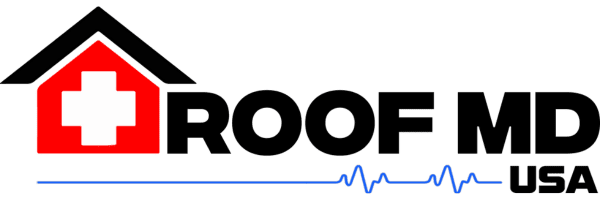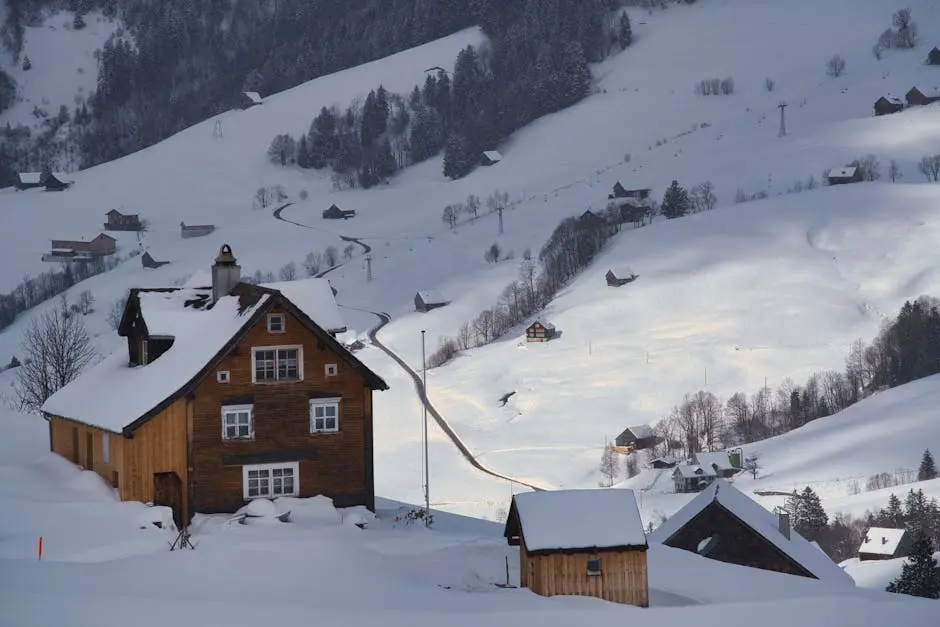Your roof is one of the most crucial components of your home, providing shelter and protection from the elements. It’s easy to overlook, but recognizing the signs of potential damage early can save you time, money, and stress. In this blog, we’ll explore the key indicators that your roof needs a professional damage inspection without delay.
Visible Leaks and Water Damage
Water stains on your ceiling or walls are a clear indication that your roof may have leaks. These leaks can lead to structural damage if not addressed promptly. If you notice any dampness or dripping, it’s time to call in a professional.
Sometimes, the signs can be more subtle. A slight discoloration on your ceiling or a faint musty odor can be early indicators of water damage. Keep an eye out for peeling paint or wallpaper, as water seeping through can cause the adhesive to lose its grip. These early warning signs should not be ignored.
Moreover, check the attic for any signs of water infiltration. Dark spots on the wood, moisture or mold growth are red flags that your roof is compromised. Remember, water damage can lead to mold problems, which can have severe health implications for you and your family. Don’t wait until these issues escalate; a professional roof damage inspection can identify and fix the problem early.
Missing or Damaged Shingles
Shingles that are cracked, curling, or completely missing are signs that your roof is aging and could be compromised. Damaged shingles leave your roof vulnerable to the elements, increasing the risk of leaks and other damage.
It’s important to routinely inspect your roof, especially after severe weather conditions. High winds, hail, and heavy rain can all take a toll on your shingles. If you see granules from your shingles collecting on the ground or in your gutters, this means they are deteriorating and not providing the necessary protection.
In addition, look for patterns in the damage. If shingles are missing or damaged in specific areas, it might suggest a problem with that particular section of the roof, such as poor installation or damage from nearby tree branches. A professional can identify whether it’s a localized issue or part of a more extensive problem with your roof.
Sagging Roof Deck
A sagging roof deck can indicate severe structural damage, often caused by prolonged exposure to moisture. If you notice your roof sagging or forming dips, it’s crucial to get a professional inspection immediately.
The causes of a sagging roof can be varied. Prolonged moisture exposure from leaks or improper ventilation can weaken the roof structure. Additionally, excessive weight from heavy snow or multiple layers of roofing materials can also contribute to sagging. Regardless of the cause, a sagging roof is often a symptom of a deeper issue that needs prompt attention.
Don’t forget to observe from both inside and outside your home. From the exterior, use binoculars to spot any irregularities. Inside your home, go to the attic and look at the rafters or trusses for bending or bowing. Addressing these problems sooner can prevent complete roof failure, which would be much more costly and hazardous.
Granules in Gutters
If you find granules from your shingles accumulating in your gutters, it may be a sign that your roof is deteriorating. This loss of granules can weaken the shingles and shorten the lifespan of your roof, requiring a professional assessment.
Granules serve as a protective layer against UV rays and harsh weather conditions. When these granules fall off excessively, the shingles become vulnerable, leading to faster wear and tear. Over time, this can result in leaks and other types of damage. Regularly clean your gutters and check for granules to keep this issue in check.
It’s also beneficial to know the age of your roof. Asphalt shingles, for instance, have a typical lifespan of 20-30 years. If your roof is nearing this age, finding granules in the gutters can be a sign that the shingles are reaching the end of their service life. A professional assessment can help you decide whether it’s time for a roof replacement.
Increased Energy Bills
Unexplained spikes in your energy bills can be another indicator of roof damage. Poor insulation caused by gaps or leaks in the roof can let in hot or cold air, causing your HVAC system to work harder. If your energy costs have increased, consider having your roof inspected.
Sometimes, the issue isn’t just higher energy consumption but also discomfort within your home. Drafts, uneven temperatures in different rooms, and an overworked HVAC system can all result from a poorly insulated roof. By addressing roof damage early, you can maintain a comfortable living environment and keep your energy bills in check.
Growth of Moss or Algae
While moss may give your home a quaint appearance, it can cause significant damage over time. Moss and algae retain moisture, which can seep into your roof’s structure and cause decay. Professional cleaning and inspection can prevent long-term harm.
Moss and algae growth are more common in shaded areas that don’t get much sunlight. They can trap moisture against the roof surface, leading to rot and deterioration. Regular maintenance, such as trimming overhanging tree branches and cleaning the roof, can prevent these issues from taking root.
Beyond the physical damage, moss and algae can also affect the aesthetic appeal of your home. It can make your property look neglected, which could impact its value. A professional roof cleaning service can remove moss and algae effectively and inspect for any underlying damage that might need repair.
Don’t Wait: Get Your Roof Inspected Today
Catching roof problems early can prevent more serious damage and save you from costly repairs down the road. If you notice any of these signs, don’t hesitate to call a professional for a thorough roof damage inspection. A proactive approach can help maintain the integrity of your home and ensure your family’s safety.


